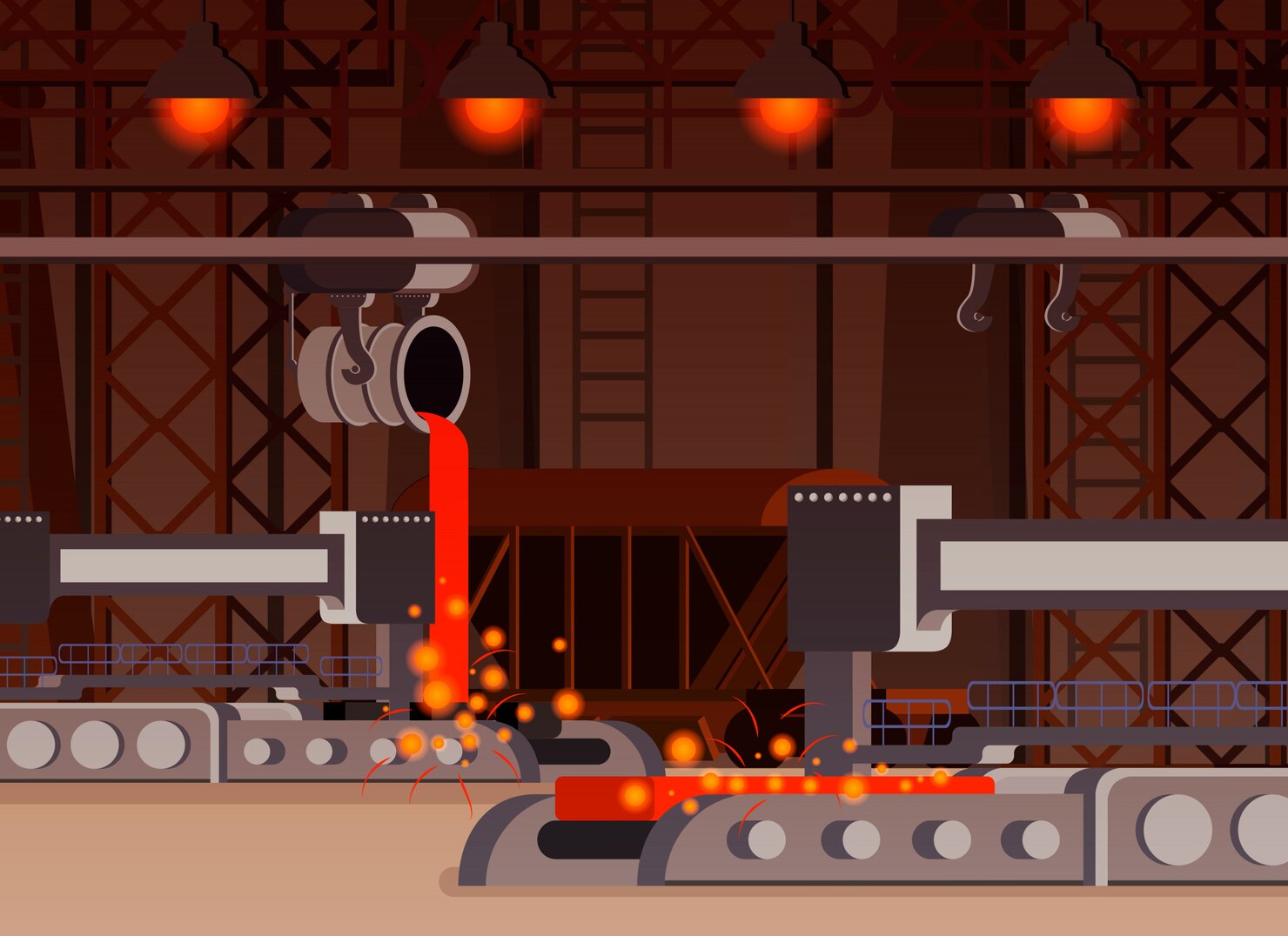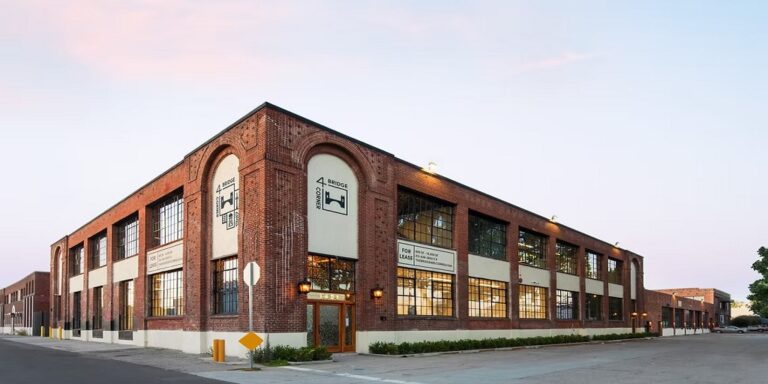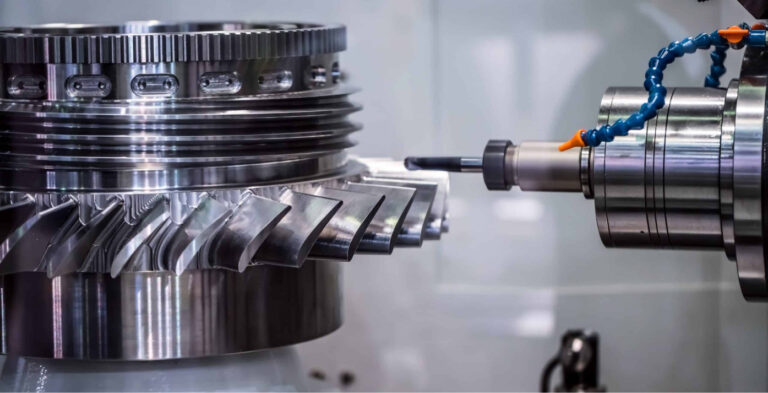Choosing the Right Die Casting Technology for Your Manufacturing Needs

Die casting technology is a widely used manufacturing process that allows for the production of complex and high-precision metal parts. As industries continue to evolve, it becomes crucial for manufacturers to select the right die casting method that suits their specific production needs. Understanding the various die casting technologies and their applications can help businesses streamline production, optimize cost-efficiency, and meet the demands of modern-day engineering standards. In this article, we will explore the different types of die casting technologies, their benefits, and how to select the right one for your manufacturing needs.
Introduction to Die Casting Technology
Die casting technology involves forcing molten metal into a mold or die cavity under high pressure. The process is known for its ability to produce complex shapes with high dimensional accuracy, making it ideal for mass production. Different die casting methods vary in terms of the pressure applied, the type of mold used, and the alloys employed. Typically, die casting is used to produce parts for industries such as automotive, aerospace, electronics, and consumer goods, where precision and consistency are essential.
The choice of die casting technology significantly impacts the quality of the final product, production speed, and cost-effectiveness. As a result, selecting the appropriate method involves considering factors such as material properties, production volume, and the complexity of the part design. By understanding the different types of die casting processes available, businesses can optimize their manufacturing processes to meet both operational and financial objectives.
Types of Die Casting Technologies
There are several die casting technologies available today, each with its own unique advantages and limitations. The most common types include high-pressure die casting, low-pressure die casting, vacuum die casting, and gravity die casting. Each method has distinct characteristics that make it suited to specific applications.
High-pressure die casting (HPDC) is the most widely used method for producing parts with high precision and intricate designs. It involves injecting molten metal at very high pressure (up to 30,000 psi) into a steel mold, ensuring minimal porosity and a smooth surface finish. This method is ideal for mass production of parts in industries such as automotive, where consistency and strength are crucial.
Low-pressure die casting, on the other hand, is typically used for producing larger parts with thinner walls and less intricate designs. This process uses lower injection pressures, which makes it a better option for parts that require less detailed features. Vacuum die casting is a variation of high-pressure die casting that incorporates a vacuum to eliminate air pockets and enhance the quality of the final product. Gravity die casting, as the name suggests, relies on gravity to fill the mold cavity and is often used for small to medium-sized production runs of simpler parts.
Factors to Consider When Choosing Die Casting Technology
Selecting the right die casting technology depends on several key factors, each of which plays a vital role in ensuring optimal results. The material to be cast is one of the most important considerations. Different metals, such as aluminum, zinc, and magnesium, have varying properties that influence the die casting method chosen. For example, aluminum alloys are commonly used in high-pressure die casting because of their excellent fluidity, making them easier to inject into molds under high pressure.
Another factor to consider is the complexity of the part design. Parts with intricate shapes or fine details may require high-pressure die casting due to its ability to handle complex geometries with high precision. On the other hand, parts that are simpler in design or larger in size may be better suited to low-pressure die casting or gravity die casting, which can be more cost-effective for larger production runs.
Production volume also plays a crucial role in the decision-making process. High-pressure die casting is ideal for large-volume production, as it allows for rapid cycle times and the creation of uniform parts. For low- or medium-volume production, however, methods like gravity die casting or low-pressure die casting may offer more cost-efficient alternatives without sacrificing quality.
Benefits of Advanced Die Casting Technologies
Advanced die casting technologies offer numerous benefits that can significantly improve manufacturing processes. One of the main advantages is the ability to produce high-precision parts with excellent surface finishes. Modern die casting machines can achieve tolerances of up to ±0.5 mm, making them suitable for industries that require tight specifications, such as automotive and aerospace.
Another key benefit is the reduction in post-production processing. Die-cast parts often require little to no machining or finishing, reducing labor costs and speeding up production timelines. Additionally, die casting can produce parts with thin walls and complex geometries, allowing manufacturers to reduce material usage and overall production costs. This efficiency in material usage is particularly important when working with expensive metals, such as magnesium or aluminum alloys.
Furthermore, advanced die casting technology allows manufacturers to use a variety of materials, including metals with high strength-to-weight ratios or improved corrosion resistance. The ability to choose from a wide range of alloys makes die casting a versatile method for a variety of industries, from automotive to electronics.
How to Optimize Your Die Casting Process
Once the appropriate die casting technology has been chosen, it is essential to optimize the process to achieve the best results. One way to enhance efficiency is by using the latest die casting machines, which are equipped with advanced features like robotic arms, automated material handling, and precise temperature control. These features ensure consistent quality and reduce the risk of defects in the final product.
It is also important to work closely with die casting experts who can help fine-tune the process for specific manufacturing needs. Experts can assist with mold design, material selection, and process parameters to ensure the highest possible quality and cost-effectiveness. Additionally, implementing a robust quality control system, including regular inspections and testing of cast parts, is crucial to maintaining the integrity of the final product and preventing issues such as porosity, warping, or surface defects.
Another strategy for optimizing die casting is to focus on minimizing cycle times without compromising quality. High-efficiency die casting machines, coupled with optimized tooling and advanced simulation software, can help reduce cycle times and improve overall production output. Manufacturers should also consider implementing lean manufacturing principles to minimize waste and maximize resource utilization throughout the die casting process.
Conclusion
Choosing the right die casting technology for your manufacturing needs is a critical decision that can impact production efficiency, product quality, and cost-effectiveness. By understanding the different die casting technologies available, manufacturers can select the most appropriate method based on factors such as material, part complexity, and production volume. Whether opting for high-pressure, low-pressure, or gravity die casting, each technology offers unique advantages for different applications. By optimizing the die casting process and leveraging advanced technologies, manufacturers can ensure that they meet the demands of their customers while achieving the highest standards of quality and efficiency in production.







